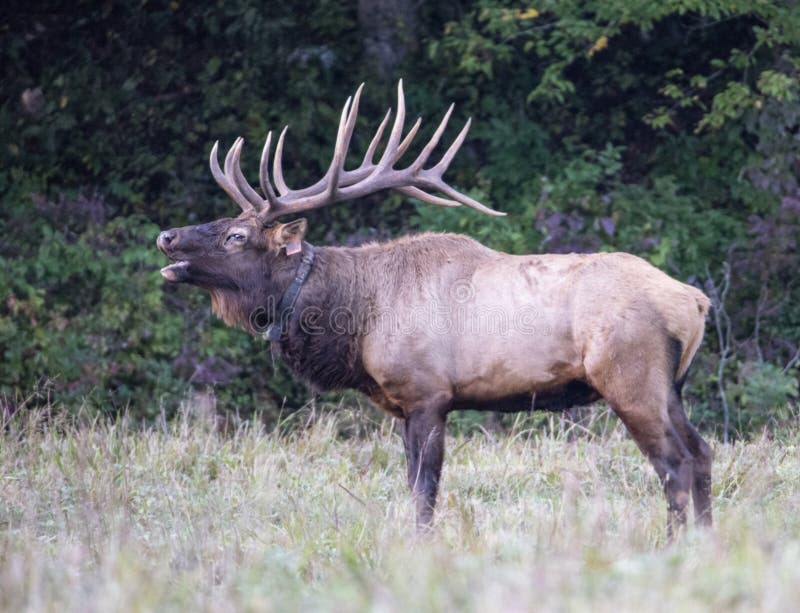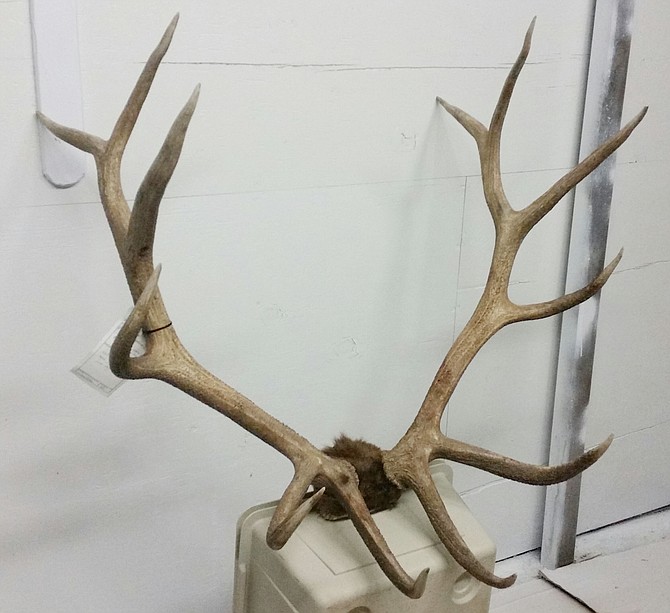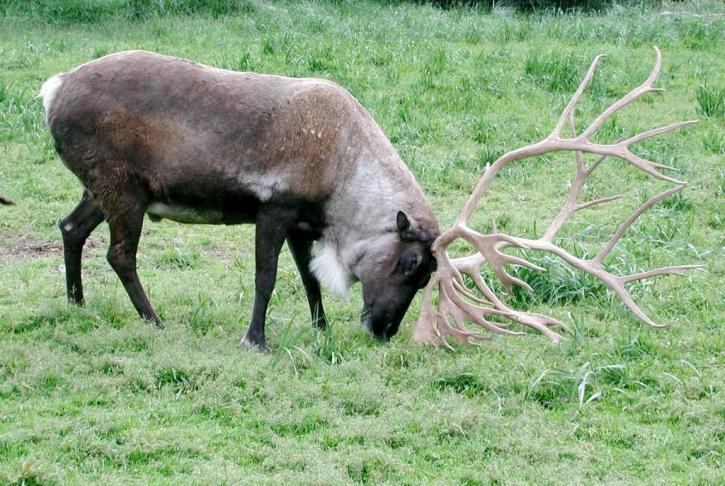

The largest of the subspecies is the Roosevelt elk, found west of the Cascade Range in the U.S. Bulls are some 40% larger than cows at maturity, weighing an average of 320 to 331 kg, standing 1.5 m at the shoulder and averaging 2.45 m in length. Elk cows average 225 to 241 kg, stand 1.3 m at the shoulder, and are 2.1 m from nose to tail. Elk gather in herds, while moose are solitary. Moose are larger and darker than elk bulls have distinctively different antlers. In Asia, ''stag'' and ''hind'', respectively, are sometimes used instead.Įlk are more than twice as heavy as mule deer and have a more reddish hue to their hair coloring, as well as large, buff-colored rump patches and smaller tails. In North America, males are called ''bulls'', and females are called ''cows''. During the summer, elk eat almost constantly, consuming between 4 and 7 kilograms of vegetation daily. It is a ruminant species, with a four-chambered stomach, and feeds on grasses, plants, leaves and bark.

The elk is a large animal of the ungulate order Artiodactyla, possessing an even number of toes on each foot, similar to those of camels, goats and cattle.
#FEMALE ELK ANTLERS PATCH#
elaphus'' are the former's wider rump patch and paler-hued antlers. Key morphological differences that distinguish ''C. It was long believed to be a subspecies of the European red deer, but evidence from many mitochondrial DNA genetic studies beginning in 1998 show that the two are distinct species. The meat is leaner and higher in protein than beef or chicken. In parts of Asia, antlers and their velvet are used in traditional medicines. Some cultures revere the elk as a spiritual force.

Efforts to eliminate infectious diseases from elk populations, largely by vaccination, have had mixed success. Their great adaptability may threaten endemic species and ecosystems into which they have been introduced.Įlk are susceptible to a number of infectious diseases, some of which can be transmitted to livestock.
#FEMALE ELK ANTLERS SERIES#
Males also engage in ritualized mating behaviors during the rut, including posturing, antler wrestling, and ''bugling'', a loud series of vocalizations that establishes dominance over other males and attracts females.Īlthough they are native to North America and eastern Asia, they have adapted well to countries in which they have been introduced, including Argentina and New Zealand. Male elk have large antlers which are shed each year. This animal should not be confused with the still larger moose to which the name "elk" applies in British English and in reference to populations in Eurasia.Įlk range in forest and forest-edge habitat, feeding on grasses, plants, leaves, and bark. The elk or wapiti is one of the largest species within the deer family, Cervidae, in the world, and one of the largest land mammals in North America and Eastern Asia.


 0 kommentar(er)
0 kommentar(er)
